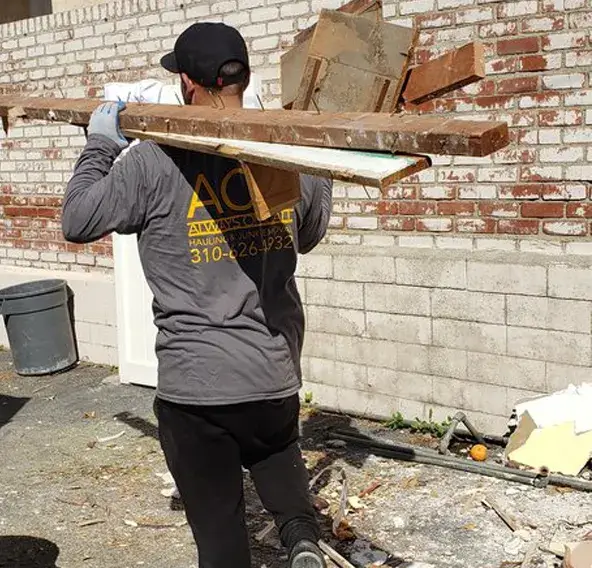Streamlining Construction Waste Management: Strategies and Sustainability

Construction sites are notorious for generating vast amounts of waste, but it doesn’t have to be that way. By adopting eco-friendly cleaning solutions and implementing effective waste management strategies, we can significantly reduce the environmental impact of construction projects.
Services

Construction Cleanup: Keeping It Tidy
Construction cleanup is the first and foremost step in responsible waste management. To minimize the mess and potential hazards at the construction site, consider the following strategies:
Utilize eco-friendly cleaning solutions: Instead of harsh chemicals, opt for environmentally friendly cleaning products. These solutions are not only safer for the environment but also for the health of the workers.
Regular and thorough cleaning: Establish a routine for cleaning the construction site. This prevents waste materials from piling up and becoming unmanageable. Regular cleaning ensures that the waste is properly separated and disposed of in the appropriate containers.

Construction Waste Hauling: Efficient Transportation
Once the waste is gathered, it’s crucial to transport it efficiently. Construction waste hauling involves moving waste from the site to a designated disposal area. Here are some essential strategies:
Opt for proper containers: Use appropriate containers for different types of waste. Segregate materials like concrete, wood, metal, and hazardous waste. This not only simplifies disposal but also allows for recycling.
Implement recycling programs: Work with local recycling facilities to ensure that materials like wood and metal are recycled instead of ending up in landfills. Recycling reduces the overall environmental impact.

Construction Junk Removal: The Final Step
After cleaning and hauling, the last step in streamlining construction waste management is junk removal. This process ensures that no waste is left behind or improperly disposed of. Some important considerations include:
Professional removal services: Hiring experts in construction waste removal ensures that all waste is properly disposed of, following local regulations and environmental standards.
Responsible disposal: Ensure that waste is disposed of in a way that minimizes its environmental impact.
Compliance with Regulations: Junk haul removal services are well-versed in local regulations and environmental standards. They ensure that waste is disposed of in compliance with these regulations, reducing the risk of legal complications and environmental harm.
Benefits of Sustainable Construction
Waste Management
Environmental Preservation:
Sustainable waste management practices help reduce the environmental impact of construction projects. This includes conserving natural resources, reducing pollution, and mitigating habitat disruption.
Cost Savings:
Proper waste management, including recycling and reusing materials, can lead to cost savings. Reduced waste disposal fees, lower purchasing costs for new materials, and potential tax incentives for eco-friendly practices all contribute to cost-effectiveness.
By adopting these construction waste management strategies, we can significantly reduce the environmental footprint of construction projects while promoting sustainability. Construction cleanup, waste hauling, and junk removal are critical components in this process. Embracing eco-friendly cleaning solutions and working with professionals in waste management can make a substantial difference.
In conclusion, the construction industry has a responsibility to reduce its environmental impact. By incorporating eco-friendly cleaning solutions and adopting efficient waste management practices, we can minimize the negative consequences of construction waste. Construction cleanup, waste hauling, and junk removal are all essential steps in achieving a more sustainable and responsible construction sector. Make the choice to streamline construction waste management and protect the environment for future generations.

